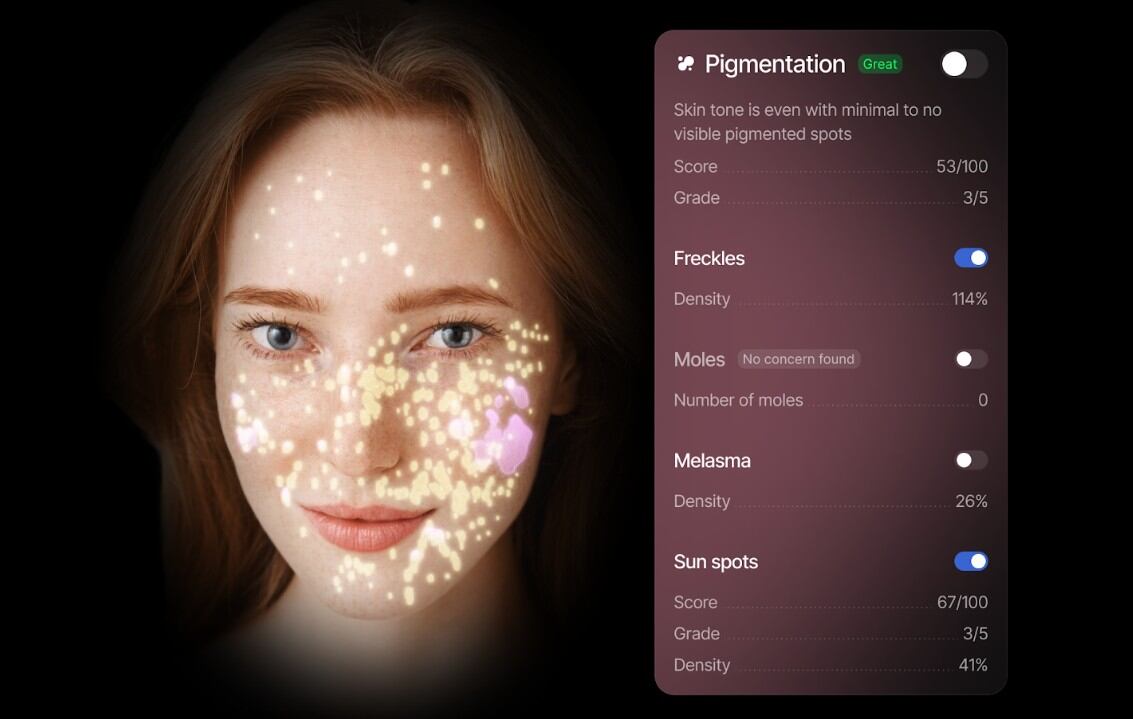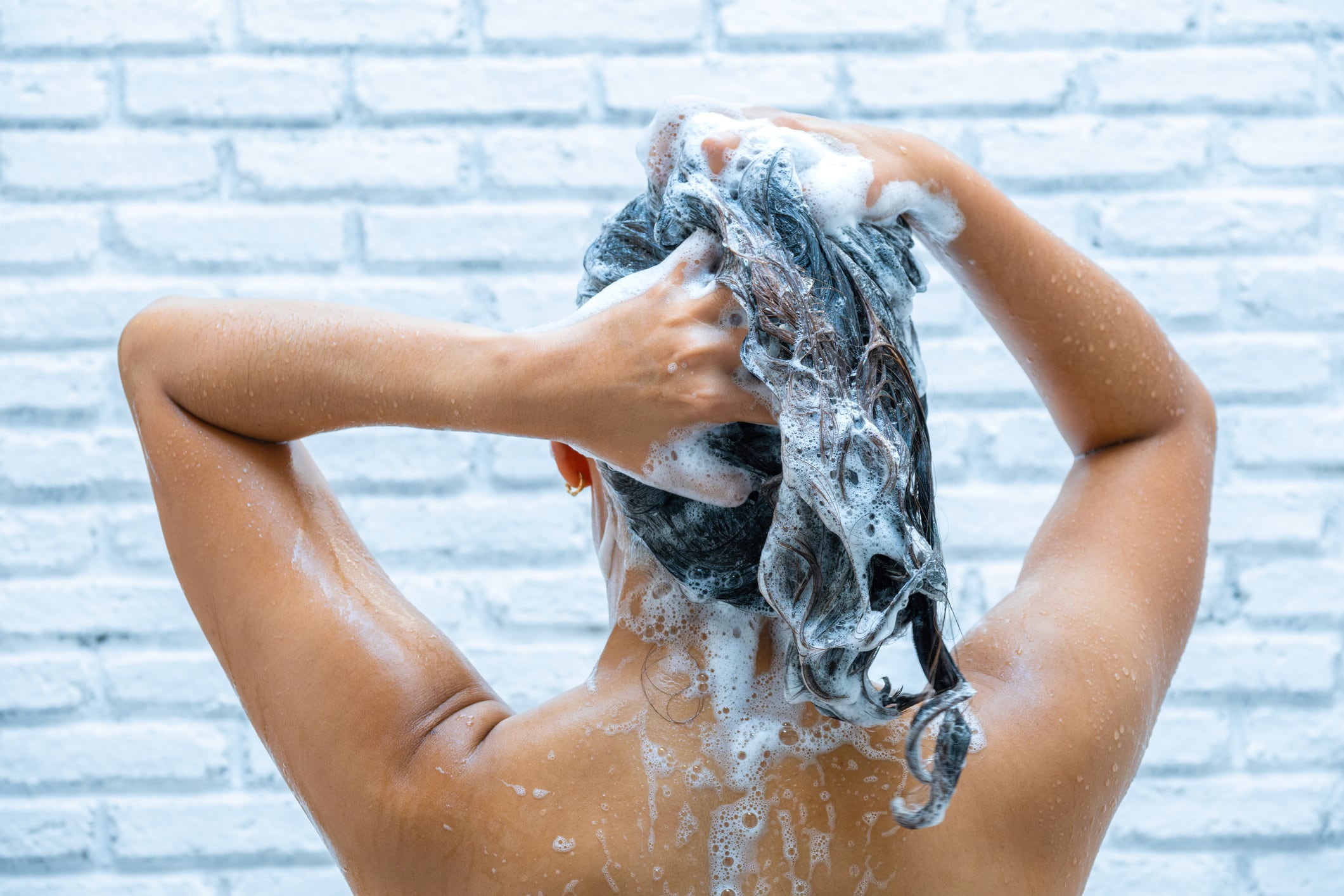Key takeaways
- Haut.AI launches Face Analysis 3.0, enabling lab-level skin assessment via smartphone selfies.
- Technology measures 150 biomarkers and 29 parameters, including lines, pigmentation and pores.
- Benchmarked against dermatological grading scales for clinical accuracy.
- Benefits for brands: product matching, efficacy validation, R&D insights.
- Benefits for consumers: personalised regimes and explainable results from home.
Beauty tech company Haut.AI has launched its latest beauty technology tool, Face Analysis 3.0, which allows beauty shoppers to experience a “lab-level skin assessment” with just a selfie.
According to Anastasia Georgievskaya, CEO and co-founder of Haut.AI, the technology can differentiate between deep lines, fine lines, glabellar lines and marionette lines, detect various types of pigmentation, count the number of pores and breakouts, and highlight each of these directly on the face to pinpoint exact skin concerns.
Each of these metrics is measured with standardised scores and grades to give a clinical level of analysis. Every model is benchmarked against established dermatological grading scales, and each parameter is set to match the values that dermatologists assign in clinical evaluation, ensuring the system’s grades and scores align with recognised standards.
Why AI skin diagnostics matter for beauty brands and consumers
“What before required bulky lab equipment can now be done with a smartphone – without losing clinical accuracy,” explained Georgievskaya.
“For beauty brands, Face Analysis 3.0 offers precise, trustworthy product matching and efficacy validation, along with deeper insights to power research, R&D and next-level personalisation,” she continued. “For consumers, it means seeing real, explainable results – like the number, size and location of acne spots – and all that from the comfort of home, helping them better understand their skin.”
To confirm reproducibility, the tech company said it has tested its algorithms across diverse populations, lighting conditions and imaging systems, so they are reliable for real-world use.
The technology currently analyses 150 skin biomarkers and 29 skin parameters, and Georgievskaya said that this number will continue to grow as its algorithms evolve.
Georgievskaya also noted that with this level of granularity, beauty brands will be able to offer their customers extremely personalised regimes and also validate product efficacy, enhance R&D and build consumer trust.





